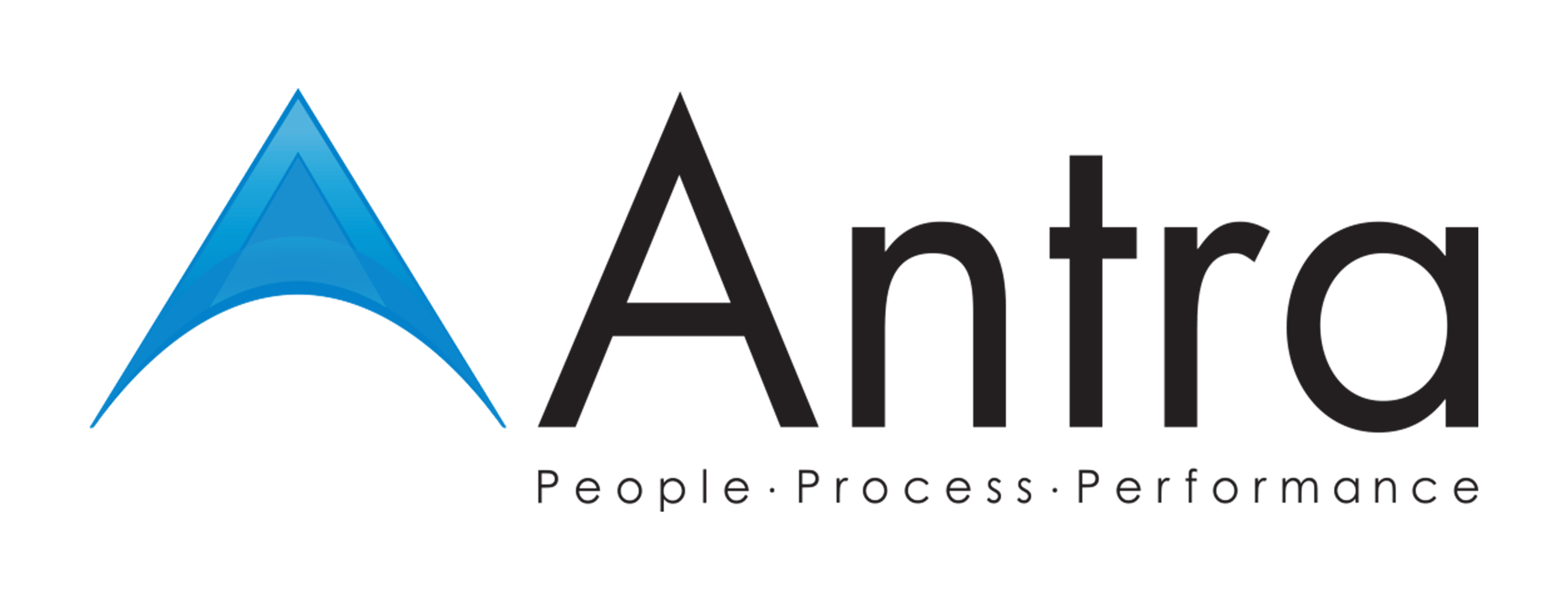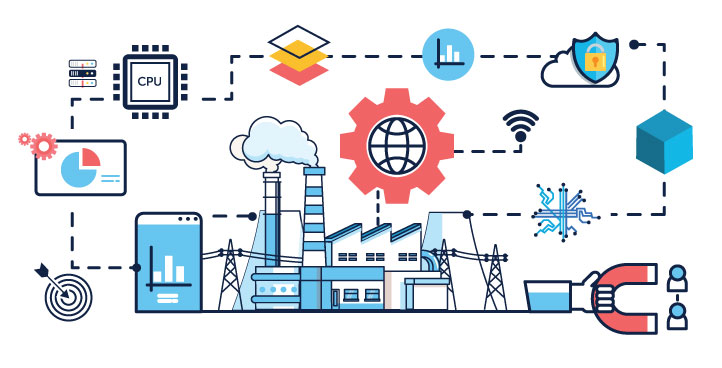The Internet of Things (IoT) has become a constant buzzword in the technology world. Yet, the term IoT in mainstream media is associated with consumer applications like a smartwatch, smart refrigerators, etc. However, fortunately the Internet of Things does not limit there. It is being increasingly developed for industrial applications, and there is even more talk about the IIoT, Industrial Internet of Things. The IIoT has the potential to dwarf the consumer IoT in terms of scale and size. As it grows, the industrial IoT is going to skyrocket towards 100 billion devices and take the industrial sector by storm. IIoT, with the addition of that fourth letter, alters the term and applies it more to the concept of an efficient industry to facilitate and reduce human error.
“The Industrial Internet [of Things] will transform many industries, including manufacturing, oil, and gas, agriculture, mining, transportation, and healthcare. Collectively, these account for nearly two-thirds of the world economy.” — World Economic Forum, Industrial Internet of Things Report
What is Industrial IoT (IIoT)?
The Industrial IoT (IIoT) is a subset of IoT, which will eventually have a significant day-to-day impact on the industry, safety, and even lives. IIoT as a part of the IoT is the sum of connected devices, sensors, etc. all working together to collect, analyze data to make a hyper-efficient and agile industry of the future, a reality. The Platform is a future-looking framework for categorizing the technology capabilities that are necessary to deliver Smart Connected Operations, Smart Connected Assets, and the Smart Connected Enterprise.
For many, however, it remains unclear how is IIoT going to revolutionize Industries?
Operational efficiency, predictive maintenance, interoperability, precision with accuracy are some of the key attractions of IIoT. By introducing automation and efficient production techniques, enterprises could boost their productivity by as much as 30 percent. As per research, it is shown that predictive maintenance of assets saves up to 12 percent over scheduled repairs, reducing overall support costs up to 30 percent and eliminating breakdowns up to 70 percent. For example, Thames Water, the most significant water provider and wastewater services in the UK. They are using a combination of sensors, analytics, and real-time data to help the utility company anticipate equipment failures and respond more quickly to critical situations, such as leaks or adverse weather events.
Nevertheless, IIoT would provide benefits across several key areas:
Security
Security is critical for every IoT solutions. But IIoT requires more stringent measures. A disruption in the machinery would plummet production and lead to a massive loss. IIoT solutions would include the need for a no-compromise control, unbreachable security, resilient system architectures, threat detection, to management processes which would make the factories efficient.
Precision and accuracy
Industrial operations always require higher precision and accuracy or else it would lead to a significant loss. In the industry timescale, the production is enormous, but the time window to act is tiny, i.e., may be in milliseconds. As it grows, the quality assurance systems should be able to detect minor faults and immediately take actions based on the rules with little or no human intervention to avoid emergency situations.
Reliability
Industrial systems operate on long time scales before replacement, and they are subjected to harsh environments like extreme heat, high vibration, cold, pressure and even hazardous conditions. The Industrial IoT devices must be tested under the similar conditions to avoid any critical faults. Also, They must be equipped to support high availability, withstand high duty cycles, and operate reliably over the time.
Scalability
Industrial networks support large-scale networks consisting thousands of controllers, sensors, robots, machinery, etc. IIoT solutions seamlessly support the new sensors and devices along with the existing ones. This support would also include interoperability, analysis, workflow integration, scheduling, data collection, decision-making and much more.
Resilience and maintenance
Resilient industrial architectures are the need of the hour so that they operate unfailingly in harsh conditions. But this range of performance requires regular maintenance from technicians from swapping out sensors, updating the firmware, to configuring gateways and servers the ability to maintain industrial IoT solutions over its entire lifecycle is an essential requirement.
The IIoT is going to revolutionize manufacturing industry with the accessibility to massive amounts of data, at much higher speeds, with better efficiency and help to reduce waste. Pioneer companies like General Electric, Michelin, CLAAS KGaA mbH, etc. are following unconventional ways to provide value to customers and establish as the trailblazer for working with IIoT.
Another prominent example is Predix, General Electric’s IIoT platform. It has already started to mark its importance by making big changes. They are delivering unique industrial intelligence that can transform current industrial patterns resulting in better work efficiency and drive revenues for the industrial giant.
While these companies represent a good number of examples, yet the IIoT offers radically new ways to revitalize and to think how to operate assets and facilities efficiently. For manufacturers to capture the true value of the IIoT, there’s a list of challenges for enabling IIoT platform:
- Connectivity: This includes the connection between hardware and software to network within the enterprise for quick, efficient managing of devices, moving data, and triggering events.
- Cloud: Includes all of the various clouds across an enterprise to implement computing and storage capabilities.
- Big Data Analytics: Includes the use of a broad set of statistical and optimization tools to cleanse, monitor, and analyze both structured and unstructured data for enabling unprecedented insights.
- Application Development: Includes the needed means for quickly and easily creating new software applications that leverage all other areas of the IIoT platform as well as fast and efficiently moving existing legacy applications on top of the platform as well.
In these early stages of IIoT, we need to wait for the creation of a viable IIoT platform, most likely from the established players in Automation technology spaces.







Leave a Reply